Salami (Salame in Italian) is yet another example of an Italian sausage tradition that has been abused by mass production and over processing. In America salami has been reduced to pre-sliced waxy discs on sandwiches and pizza that barely resembles their namesake. However just like many foods still made in their time-honored way in Italy, Salami (or Salame) is way beyond similarly named products found in most supermarkets.
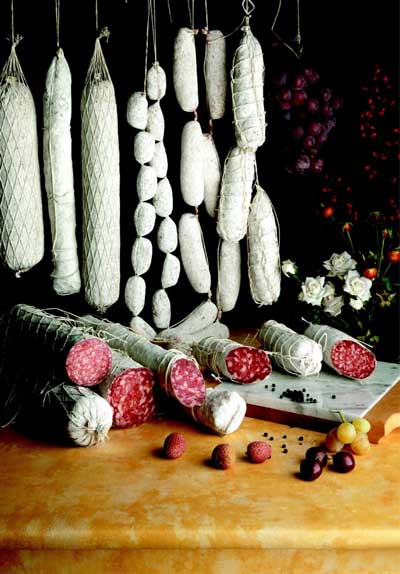 Salami – Salumi in Italy
Salami – Salumi in Italy
Salami (Salame) is not one specific sausage; it is a generic term describing any type of encased (insaccati) meat product. The origin of the word comes from the Latin word “Salumen” which describes a mix of salted meats. Like many other Italian pork products, Salami has a long history even pre-dating ancient Rome. Over these centuries regional variations as well as preparation techniques have created various types of these sausages.
Each type of Salami (Salame) is made different then any other, that is why it is hard to describe a general production method. However they are all part of the same family of pork sausages and go through the same stages. Salami is differentiated by the fineness of the ground meat and each variety has a different type of meat consistency as well as a different spice mix. However all salami is made with pork, which has been blended with a particular ratio of high quality pork fat. Favorite spices and flavorings include salt, pepper, garlic, wine, mace, fennel and sometimes cinnamon. Some preservatives are used, but only in amounts allowed by food purity laws and some salami is also colored. Once these meat and spice combinations are blended and packed in natural or synthetic (for cooked salami) casings, the sausage is aged in dark cool cellars.
Salami can be prepared in either fresh, cooked or dry-cured varieties. Dry-cured salami (often seen hanging in markets, butcher shops or Italian groceries) is ready to eat once it is sliced, while the fresh variety must be cooked beforehand. Both fresh and cooked varieties do not have a long shelf life and must be eaten shortly after slicing (although we’re not talking about days: ask your butcher). All varieties of salami should share some certain characteristics: the meat must be well compacted with a red/pink interior speckled with fine grains of white fat. Much like another famous sausage Mortadella di Bologna, these fat bits should not separate from the meat when sliced.
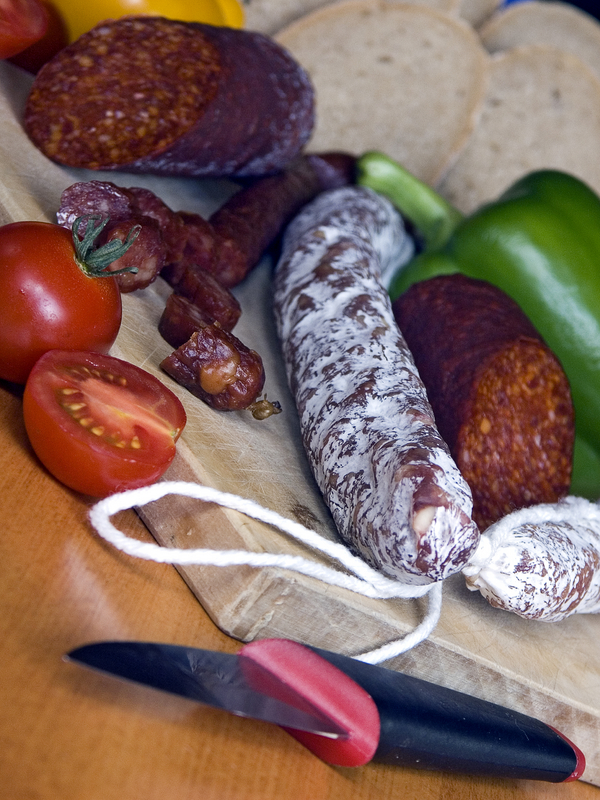 Salami from Milan
Salami from Milan
Types of Salami
Wherever Italian immigrants went, so did their sausage traditions. However, the Italian diaspora made their salami with whatever was local to their new home, thus trading tradition for freshness. While that may not be a bad thing outside of Italy, steps have been made in order to preserve the time-honored techniques of food making. Many Italian Salami have been given the PDO designation, which ensures that particular food products are made in their native geographical region using traditional methods. Each region has numerous varieties but there are a few that really stand out and should be sought after.
Felino
Salame di Felino originates from the food rich region around Parma. This dry aged sausage is recognized by its uneven shape, one end being smaller than the other. The salami is aged for three months in the same climactic conditions that create the world famous Prosciutto di Parma.
Finocchiona
Salame Finocchiona is noted for its use of fennel seeds (finocchio) in its spice mix. This ten inch long variety is made with finely ground pork and fat and then dry aged for 3-4 months. This sausage has a spicy flavor and is served in thick slices.
Napoletano
Salame Napoletano is similar to pepperoni with its small diameter, distinctive red color and spicy peperoncino. However this variety is only made with lean pork (american pepperoni has pork and beef) and a lesser amount of fat. This salami is not tied to the degree of many other varieties; it is simply folded in half and tied on each end. Salami Napoletano is dry aged for at least six months and comes in varieties of different levels of spiciness.
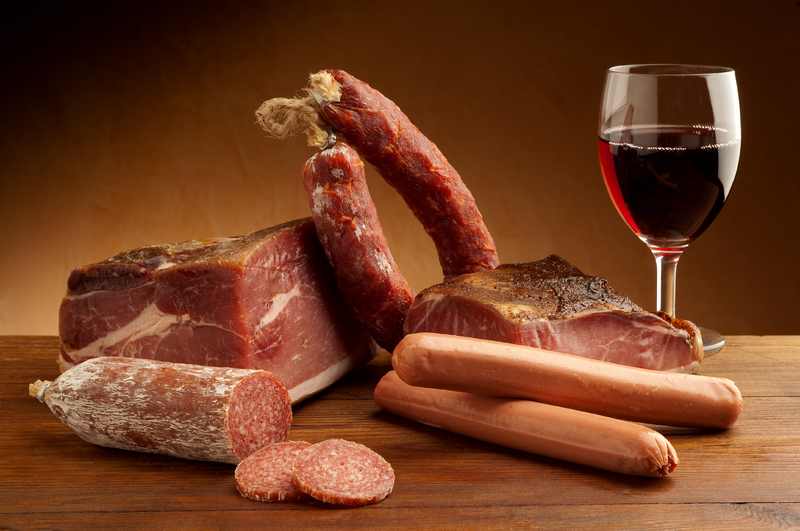 Mix Italian Salami
Mix Italian Salami
Soppressata
Soppressata di Calabria is an aged salami yet maintains a soft texture due to a short aging period. This salami is made from the lean meat from the head of the hog and coarsely ground. The meat is then mixed with backfat, pepper, spices and wine. Soppressata is then flattened and knotted horizontally to form several square sections before a 40-day aging cycle. This soft and delicate salami is sliced thin and by hand.
Cacciatora
Salamini Italiani alla Cacciatora is a DOP sausage that is regulated by region, ingredients as well as dimensions. This salami is produced all over Italy and is recognized by its smallish size, suitable for a hunter (Cacciatora) to carry with him, slung on his shoulder. This little salami (salamino) can be no bigger than eight inches and weigh less than twelve ounces.
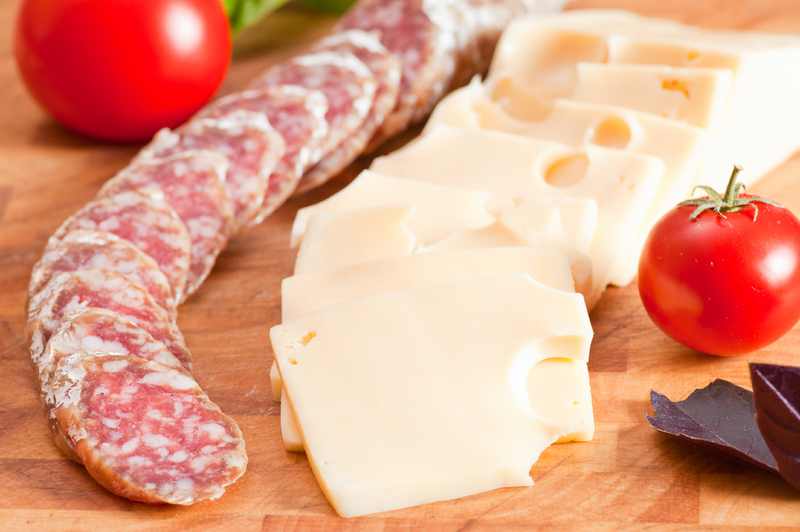 Italian Salami, Cheese and Tomatoes
Italian Salami, Cheese and TomatoesServing Salame
Soft or cooked Salami (Soppressata or Mortadella) should be sliced thin to get the most flavor and aroma. Hard or dry aged Salami should be cut thick; in fact it should be thick enough to be able to stand on its edge. Any type of salami is great as an appetizer since it is bold enough to be served alone or with other ingredients. Good hard cheeses like pecorino go well with a number of spicy dry cured salami. Green apples and pomegranates or fresh mozzarella complement softer and more delicate varieties like soppressata.
All types of salame can lend a unique, savory dimension to any tomato based pasta sauce. Salami also excels as a topping or a stuffing to main dishes way beyond pizza and calzones. However thousands of backpackers (including myself) and other travelers to Italy have discovered salami to be the perfect picnic food. The Italian hunters may have had the right idea after all. Taking their portable salamini, some cheese, olives and wine into the woods to have lunch under the trees.
by Justin Demetri
Further information:
On DOP cured meats – http://www.italianmade.com/foods/cat18.cfm
Istituto per la Valorizzazione dei Salumi Italiani: www.salumi-italiani.it














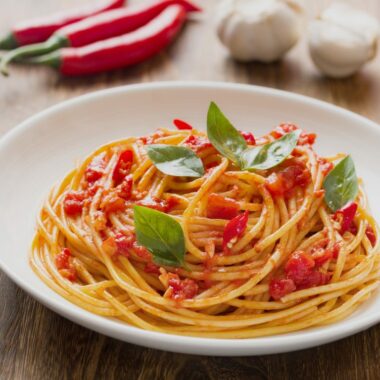

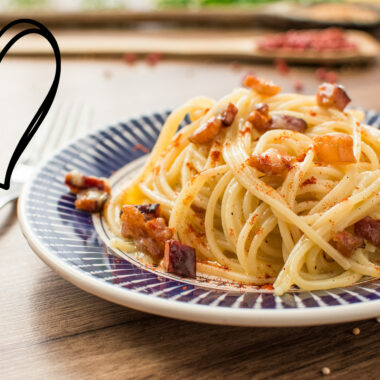

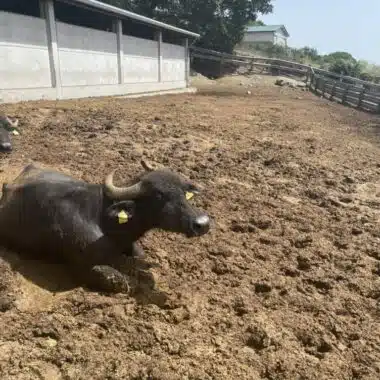

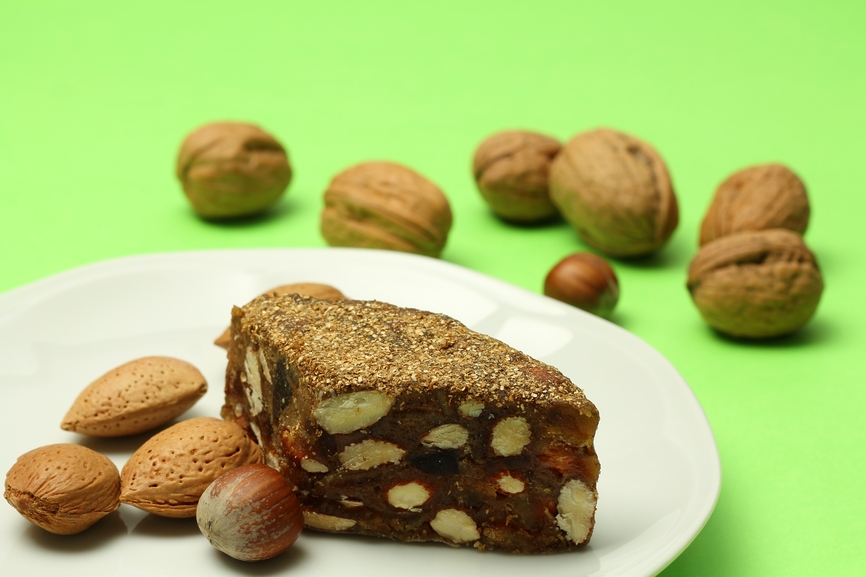
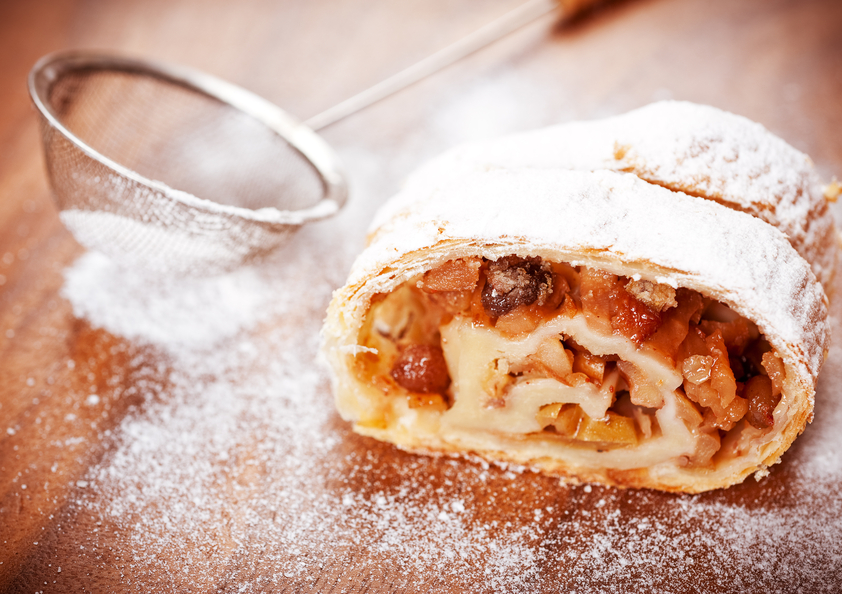
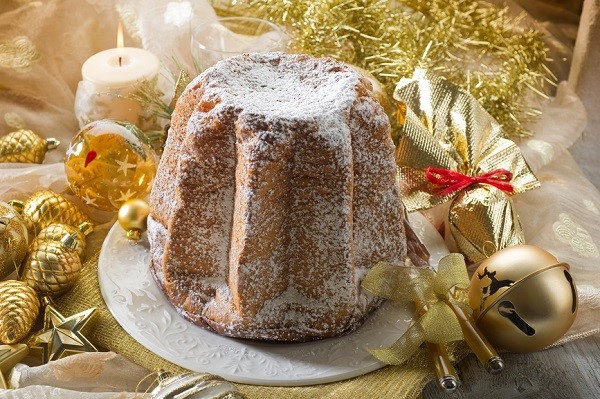
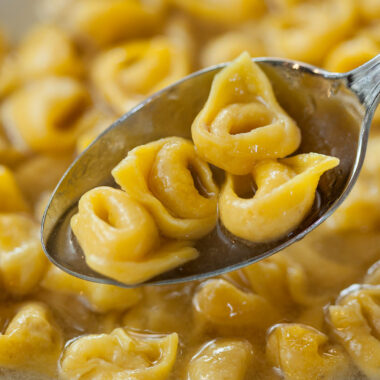
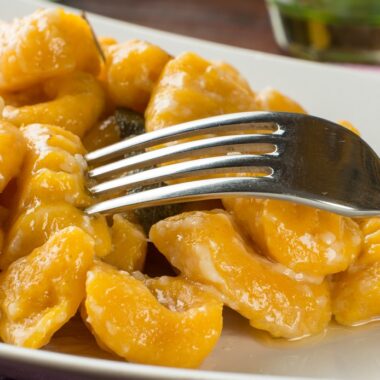


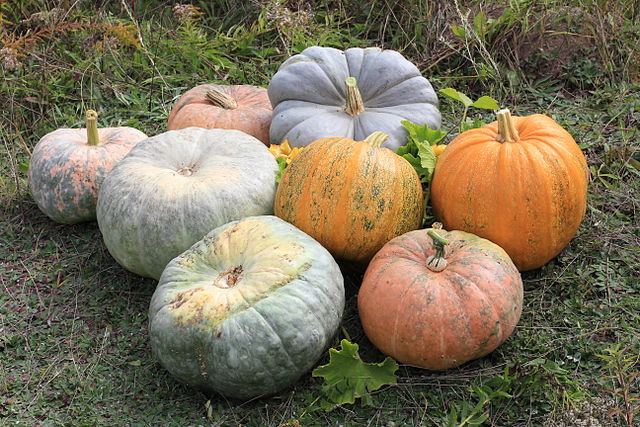
Need to find out how to order
You can find cheap salame at Costco ( I personally bought it and I like it )
https://www.instacart.com/landing?product_id=19276201
Some fancies salame seem to be here
https://www.goldbelly.com/search?utf8=%E2%9C%93&q=salame
In Italy just about any food store will have several types of salame
Where in the U.S. or internet can one buy these salamis?